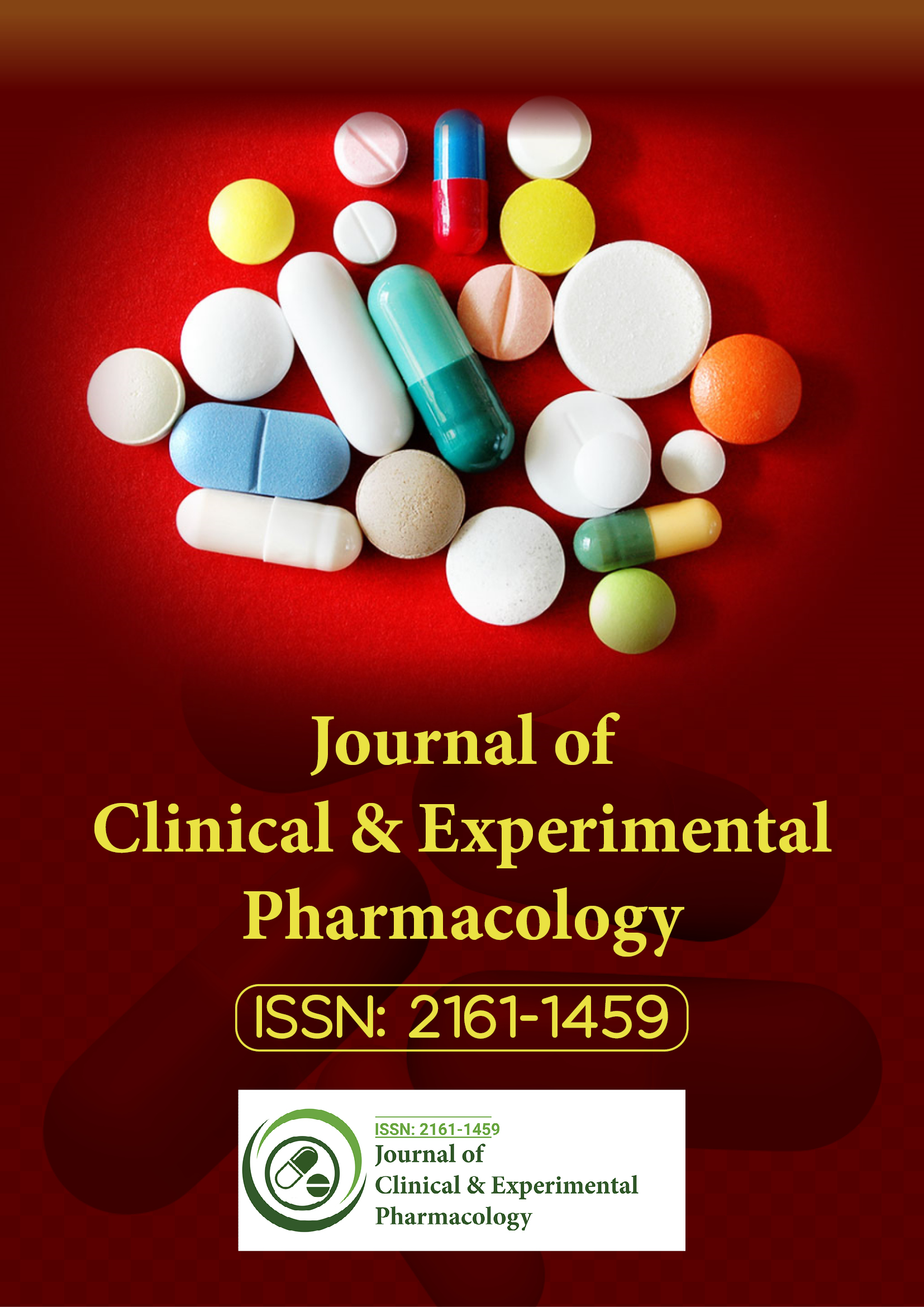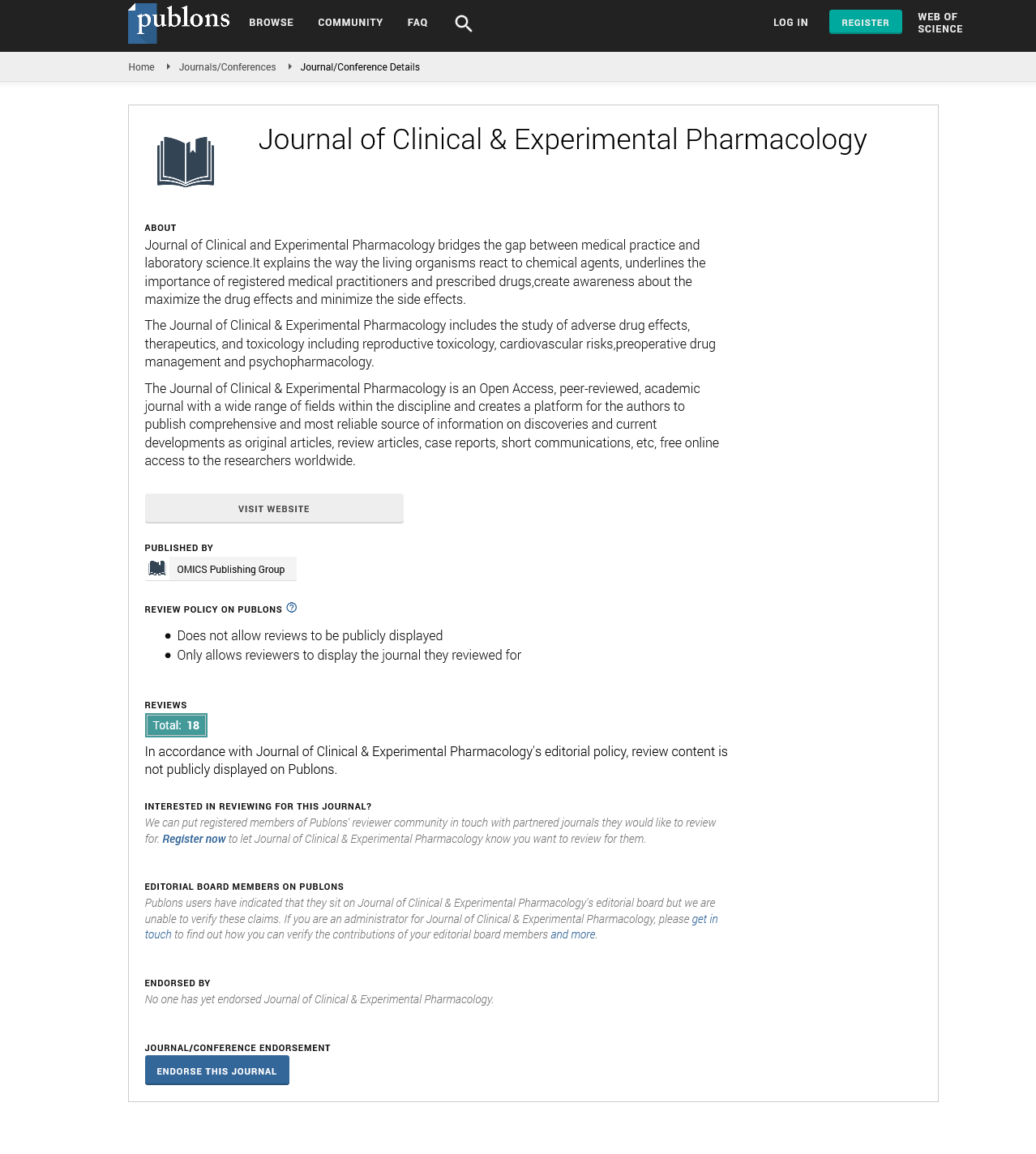Indexed In
- Open J Gate
- Genamics JournalSeek
- China National Knowledge Infrastructure (CNKI)
- Ulrich's Periodicals Directory
- RefSeek
- Hamdard University
- EBSCO A-Z
- OCLC- WorldCat
- Publons
- Google Scholar
Useful Links
Share This Page
Journal Flyer

Open Access Journals
- Agri and Aquaculture
- Biochemistry
- Bioinformatics & Systems Biology
- Business & Management
- Chemistry
- Clinical Sciences
- Engineering
- Food & Nutrition
- General Science
- Genetics & Molecular Biology
- Immunology & Microbiology
- Medical Sciences
- Neuroscience & Psychology
- Nursing & Health Care
- Pharmaceutical Sciences
Commentary - (2021) Volume 0, Issue 0
A Short Note on a Chemical Compound: Radioactive Tracer
Abbott Holmes*Received: 04-Nov-2021 Published: 25-Nov-2021
About the Study
A radioactive tracer, also called as a radiotracer or radioactive label, is a chemical substance in which one or more atoms have been replaced by a radionuclide, which can be used to study the mechanism of chemical processes by following the radioisotope's passage from reactants to products. The radioactive form of isotopic labeling is hence radiolabeling or radio tracing.
Hydrogen, carbon, phosphorus, sulphur, and iodine radioisotopes have all been employed to trace the path of biological reactions. A radioactive tracer can also be used as a flow tracer to track fluid flow or to track the distribution of a material within a natural system such as a cell or tissue. In natural gas production, radioactive tracers are also employed to locate fractures caused by hydraulic fracturing. PET scans, SPECT scans, and technetium scans are all examples of imaging methods that use radioactive tracers. The naturally occurring carbon-14 isotope is used as an isotopic label in radiocarbon.
A chemical element's isotopes differ only in mass number. For example, the hydrogen isotopes 1H, 2H, and 3H can be written with the mass number superscripted to the left. When an isotope's atomic nucleus is unstable, substances containing that isotope become radioactive. A radioactive isotope like tritium is one example. The usage of radioactive tracers works on the idea that one atom in a chemical compound is replaced by another atom of the same chemical element. However, the substituting atom is a radioactive isotope.
Radioactive labeling is a term used to describe this process. Radioactive decay is far more energetic than chemical reactions, which gives the technique its power. As a result, the radioactive isotope can exist at low concentrations, and sensitive radiation detectors such as Geiger counters and scintillation counters can detect its presence.
There are two basic uses for radioactive tracers, When a labeled chemical compound undergoes chemical reactions, the radioactive label will be present in one or more of the products. The mechanism of the chemical reaction can be studied by looking at what happens to the radioactive isotope. When a radioactive chemical is injected into a living organism, the radioisotope can be used to create an image of how the compound and its reaction products are distributed throughout the body.
Since radioisotopes have short half lifetimes, they do not occur in great quantities in nature. They are created as a result of nuclear reactions. The absorption of a neutron by an atomic nucleus, which causes the mass number of the element to grow by one for each neutron absorbed, is one of the most essential processes.
For example, 13C+n=14C.
The atomic mass of the element increases in this situation, but the element remains intact. In other situations, the product nucleus is unstable and decays, generating protons, electrons (beta particle), or alpha particles as a result. The atomic number of a nucleus reduces by one when it loses a proton.
For example, 32S+n=32P+p.
Irradiation with neutrons is done in a nuclear reactor. Proton bombardment is another common method for creating radioisotopes. In a cyclotron or a linear accelerator, the proton is accelerated to high energy. Tritium decays by beta decay and has a half-life of 4,5008 days (about 12.32 years). The average energy of the electrons produced is 5.7 keV. The detection effectiveness of scintillation counting is low due to the low energy of the released electrons. Tritium is frequently used as a tracer in biological studies since hydrogen atoms are present in all organic molecules.
With a half-life of around 20 minutes, 11C decays by positron emission. In positron emission tomography, 11C is one of the most commonly employed isotopes. With a half-life of 5730 years, 14C decays by beta decay. It is continuously created in the earth's upper atmosphere; therefore it is present in the environment at a trace level. However, using naturally occurring 14C for tracer research is not feasible. Instead, the isotope 13C, which occurs naturally in carbon at around 1.1 percent, is irradiated with neutrons. The radioactive isotope 14C has been widely utilized to track the passage of organic molecules via metabolic processes.
Citation: Holmes A (2021) A Short Note on a Chemical Compound: Radioactive Tracer. J Clin Exp Pharmacol. S11: 015.
Copyright: © 2021 Holmes A. This is an open-access article distributed under the terms of the Creative Commons Attribution License, which permits unrestricted use, distribution, and reproduction in any medium, provided the original author and source are credited.

